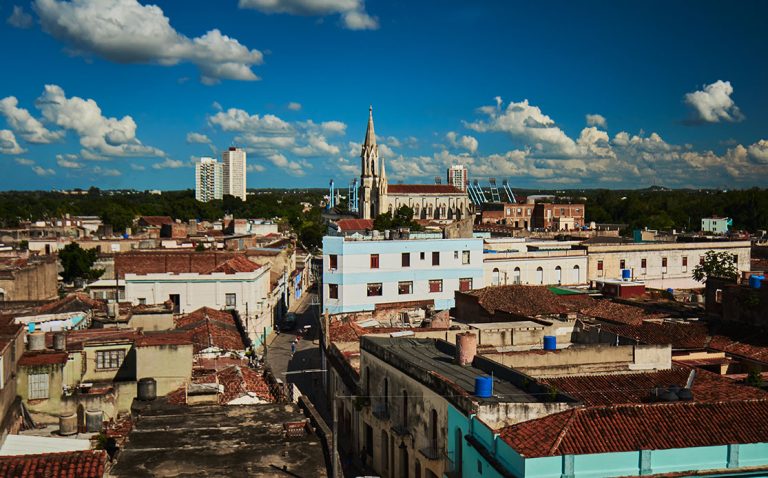Five centuries seem enough to consolidate stories, customs and traditions in the imagination of a certain human community, however, contexts, dates and other events related to the first stage of the process of conquest and occupation of the regional space of Camagüey still continue to elicit new interpretations and controversies.
It will be remembered that in the chronicles about Camagüey, these, sometimes seem determined to make our aborigines invisible or go into the background, despite being the first to make contact with them, resist their submission and work for them. Nothing else mattered to the warrior gang. Hence, the stories that began to be written weighted the conceptions of medieval Europe and nothing to highlight the macro-region of the central-eastern island populated by Arucan ethno-linguistic groups. They were chronicles and stories with an idyllic look about the first European-aboriginal contact.
Dates for discussion
This mentality was influenced by the fact that the conquest and occupation of the island was fueled by the conviction that it was due to a work of divine providence and with which idolatries would be Christianized or extirpated from the barbarians or “inferior races “And thus silence their heretical spirits and facilitate a peaceful occupation. The dates and the details of how to proceed were secondary matters in that military campaign, what mattered was the chronological time to quickly defeat the Indians. Velázquez’s letter to the king of April 1st, 1514 is disorderly and justifying the predatory and even deceptive acts that occurred.
During that juncture, the date of February 2nd, 1514, presumable date of foundation of the town of Santa María del Puerto del Príncipe, was accepted by the historiography, however the record that should have referred to it has not been found. So the brief allusion to that accepted date came from oral tradition.
The Dominican Bartolomé de Las Casas, who toured the territory in 1513, was able to specify it because he was there. Here the clergyman would limit himself to the project of creating the town in the chiefdom or “Yumaysí province,” building the church and making the Lucayan Indians work. No date that specified the “foundation” day.
Then the town would move to the Caonao village, -we do not know the exact date-, territory in which rebellious aborigines would make the “ghost town hall” flee, in December, 1527, at least, until said governmental structure settled between the rivers Hatibonico and Tínima, on January 6th, 1528, sixth day of the first month of the year of particular connotation with the Judeo-Christian conception.
From the report addressed to Governor Manuel de Rojas and the one on the creation of the Macurijes hacienda, it is deductible what happened even if it was not outlined in any of the military documents what really happened in the skirmish in which the rebels made the conquerors flee and move the town to the regional center, an event scarcely addressed by historiography.
On the 6th, date of the creation of the New Town, and henceforth, about the aborigines would not be said more except to accuse them of their hostile acts against the Spaniards and the burning of the town. Therefore, it would be convenient to make the true protagonists of history more visible and to reflect more deeply on those founding dates of our regional motherland.
Translated by: Aileen Álvarez García






